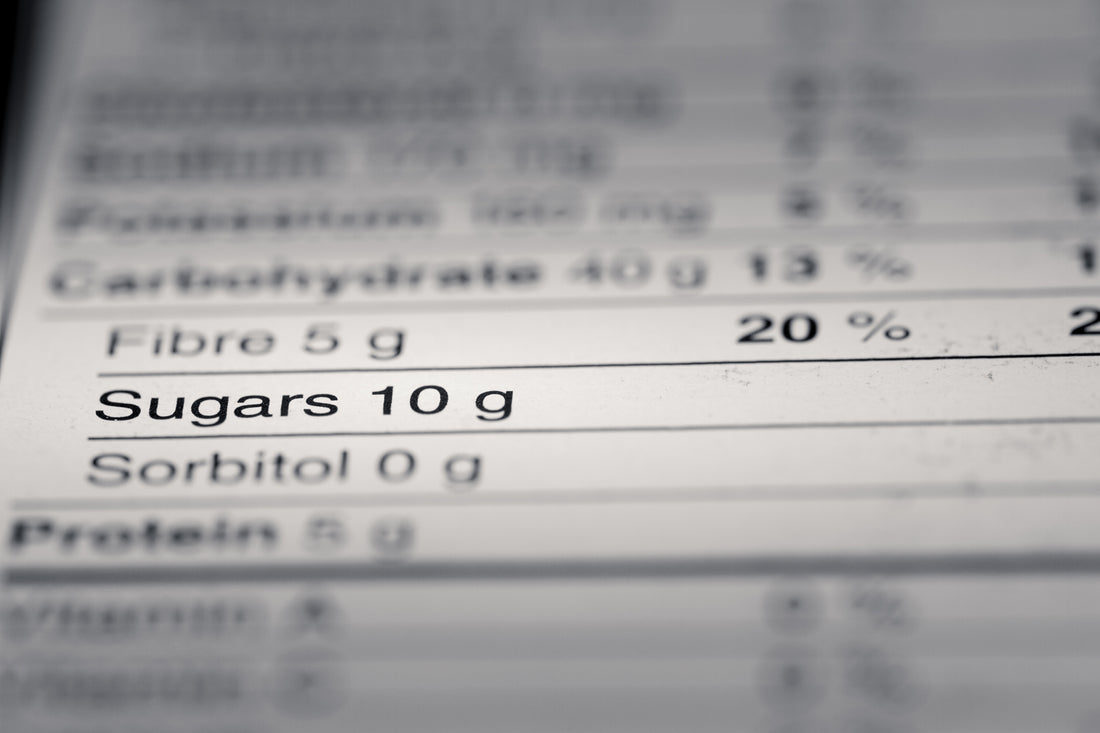The New FDA Nutrition Facts Label: What is Changing in 2018?
For the first time in 20 years, the FDA has approved a new Nutrition Facts label. Most food manufacturers will have until July 26, 2018 to comply with the new label requirements. If your annual food sales are under $10 million, you will be given an extra year to comply, and your deadline will be July 26, 2019.
While the new food label will look similar to the old one, there are several major changes that will take effect. For example, the new labels will feature larger and bolder type in certain areas, and include a required section for added sugars.
Major Changes You'll See on the New Nutrition Label
Serving Size
Up until now, the Nutrition Facts serving sizes have been based on food manufacturers' suggested serving size. With the new label, serving sizes will now be based on what consumers are actually eating, rather than the serving suggestion. According to the FDA, "By law, serving sizes must be based on the amounts of food and beverages that people are actually eating, not what they should be eating." For example, an "individual sized" bag of chips sometimes has 2 servings per bag.
Now, and "individual sized" bag of chips will just be one serving, since most people tend to eat the entire bag of chips rather than only half of it. Packages that are between 1 and 2 servings, such as a 20 oz bottle of soda, will now be one serving. The serving size for ice cream will increase from a 1/2 cup serving to a 2/3 cup serving, and the serving size for bagels will increase from a 2 ounce serving to a 4 ounce serving.
Serving sizes will also be labeled in common household measures (ex. cups), and the text will be larger and bolder. The section for "servings per container" will be placed directly above "serving size" instead of directly below.
Calories and Calories from Fat
In the new nutrition label, the font size for "calories" will be larger and the actual number of calories will be boldfaced. Another big change is that there will no longer be a "calories from fat" section. The FDA states that the "calories from fat" section is being removed "because research shows the type of fat is more important than the amount."
Added Sugars
One of the biggest changes you'll see on the new food label is the addition of an "added sugars" section. The amount of added sugars in the product must be labeled and measured in grams as well as percent daily value. The addition of the "added sugars" section will tell consumers how much sugar is coming from added sugars versus sugars that are naturally present in the food (ex. fruits and milk). The added sugars must be labeled with the statement "Includes X g added sugars". The "sugars" section will now be labeled as "total sugars", with the "added sugars" section directly below it and indented.
Multi-Serving Products
For products that can be consumed in one sitting, such as a pint of ice cream, a new "dual column" label will be required. The dual column label will consist of two columns that include both the "per serving" and "per package" nutritional information. This way, consumers will be able to see what they will be eating if they consume the whole package versus just one serving.Vitamins and Minerals
The labeling of Vitamin A and Vitamin C will no longer be required on the new food label, since Vitamin A and C deficiencies are generally rare in America today. Instead, the labeling of Vitamin D and potassium will be required, since Vitamin D is important for bone growth and health, and potassium helps to lower blood pressure. The required vitamins and minerals will be listed in the following order, and will include both actual gram amounts and percent daily values:- Vitamin D
- Calcium
- Iron
- Potassium
The labeling of additional vitamins and minerals is completely voluntary, however, if included, they must also be labeled in actual gram amounts as well as the percent daily value, instead of the current standards of only including the percent daily value.
Percent Daily Value
The new footnote for the percent daily value will read: "The % Daily Value tells you how much a nutrient in a serving of food contributes to a daily diet. 2,000 calories a day is used for general nutrition advice." The percent daily value will change for certain nutrients, including sodium, dietary fiber, calcium, and potassium. The new percent daily values will be based on the new 2015-2020 Dietary Guidelines for Americans and the Institute of Medicine recommendations. The daily recommendation for fiber will increase from 25 grams to 28 grams, and the daily recommendation for sodium will decrease from 2,400 mg to 2,300 mg.
Are you looking for custom food product labels for your business? Contact Ziptape Label ID Systems at info@ziptape.com or 1.866.ZIPTAPE for information on our printing capabilities, high quality labels, and competitive pricing!



